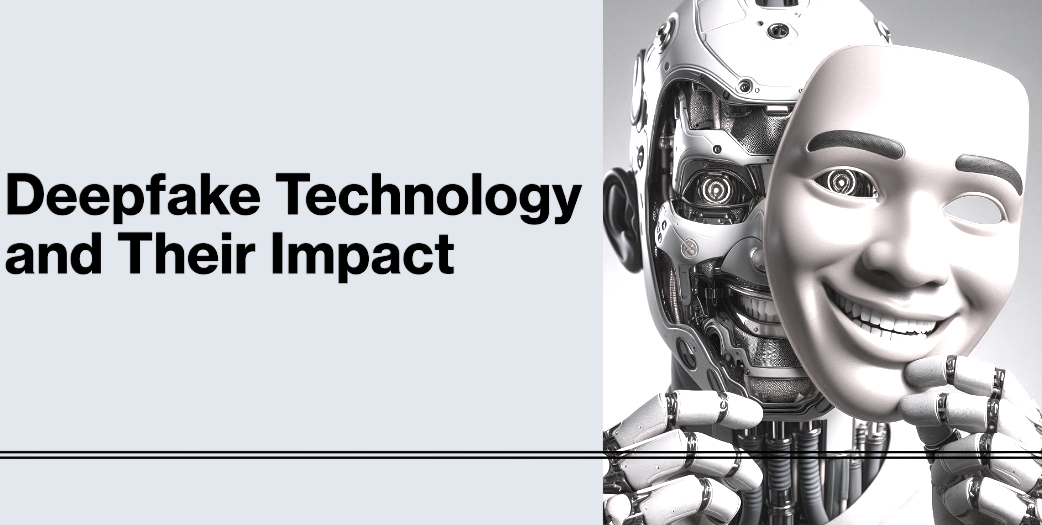The Influence of Deepfake Technology on Individuals in Digital Platforms: Evaluating the Discerning Abilities of Recipients
The Influence of Deepfake Technology on Individuals in Digital Platforms: Evaluating the Discerning Abilities of Recipients

Relevance
This research is crucial for practitioners as it addresses the growing concern of deepfake technology on digital platforms. Understanding how exposure to deepfakes affects individuals' ability to discern authentic from manipulated content is vital for developing strategies to combat misinformation, enhancing digital literacy, and protecting public trust in online media.
Results
The study found that exposure to deepfake content improves individuals' ability to differentiate between real and fake data. Participants exposed to deepfakes demonstrated higher accuracy in identifying manipulated content compared to those who were not exposed, highlighting the importance of experience and awareness in enhancing discernment skills.
Implications for Practitioners
- Enhance digital literacy programs to include training on recognizing deepfake content.
- Develop tools and technologies to aid in the detection of deepfakes on digital platforms.
- Encourage regular exposure to examples of deepfake content to improve public discernment skills.
- Implement educational campaigns to raise awareness about the potential impacts of deepfakes.
- Foster collaboration between technology experts and educators to create comprehensive detection and education strategies.
Methods
The methodology involved a quantitative survey conducted using Qualtrics. Two groups of participants, exposed and non-exposed to deepfake content, were surveyed. Each group consisted of 40 individuals, selected through purposive sampling to ensure a diverse representation across various socio-demographic factors. The survey included demographic questions followed by nine closed-ended questions designed to assess the participants' ability to distinguish between real and fake content. The data were cleansed and analyzed to compare the performance of the two groups, providing insights into the impact of exposure on discernment abilities.
